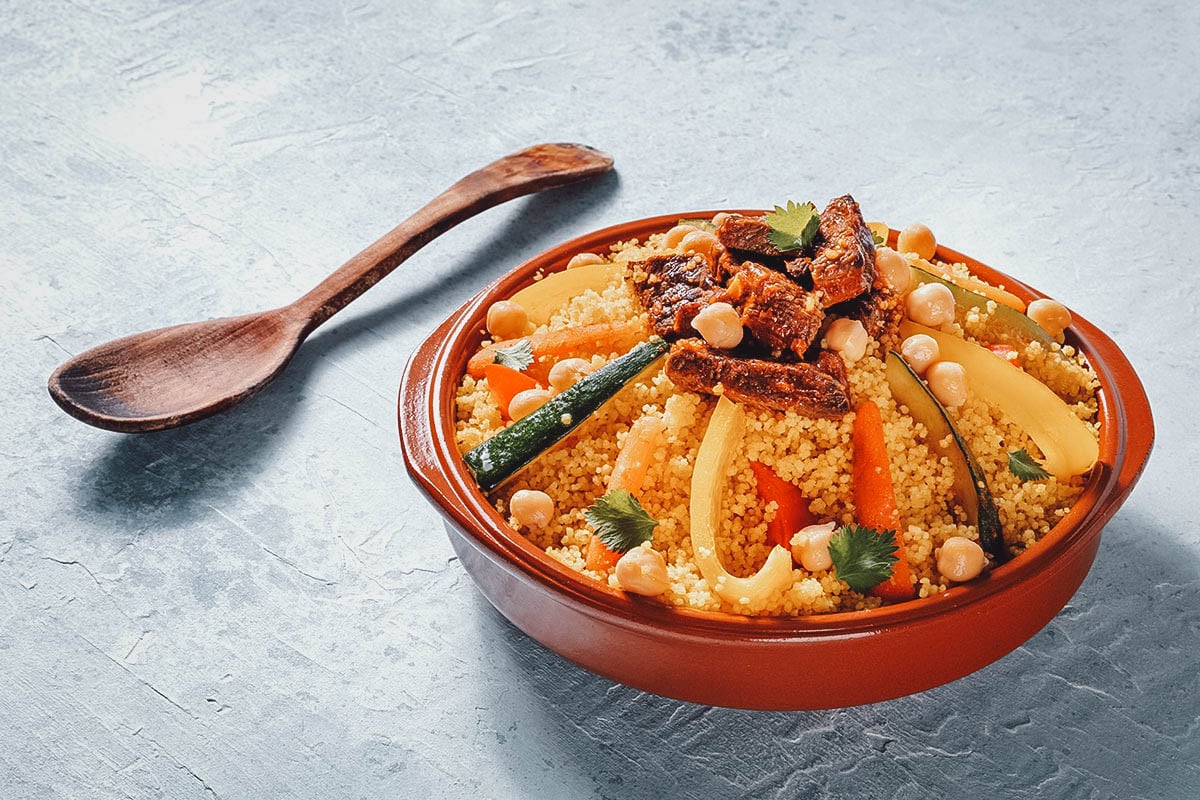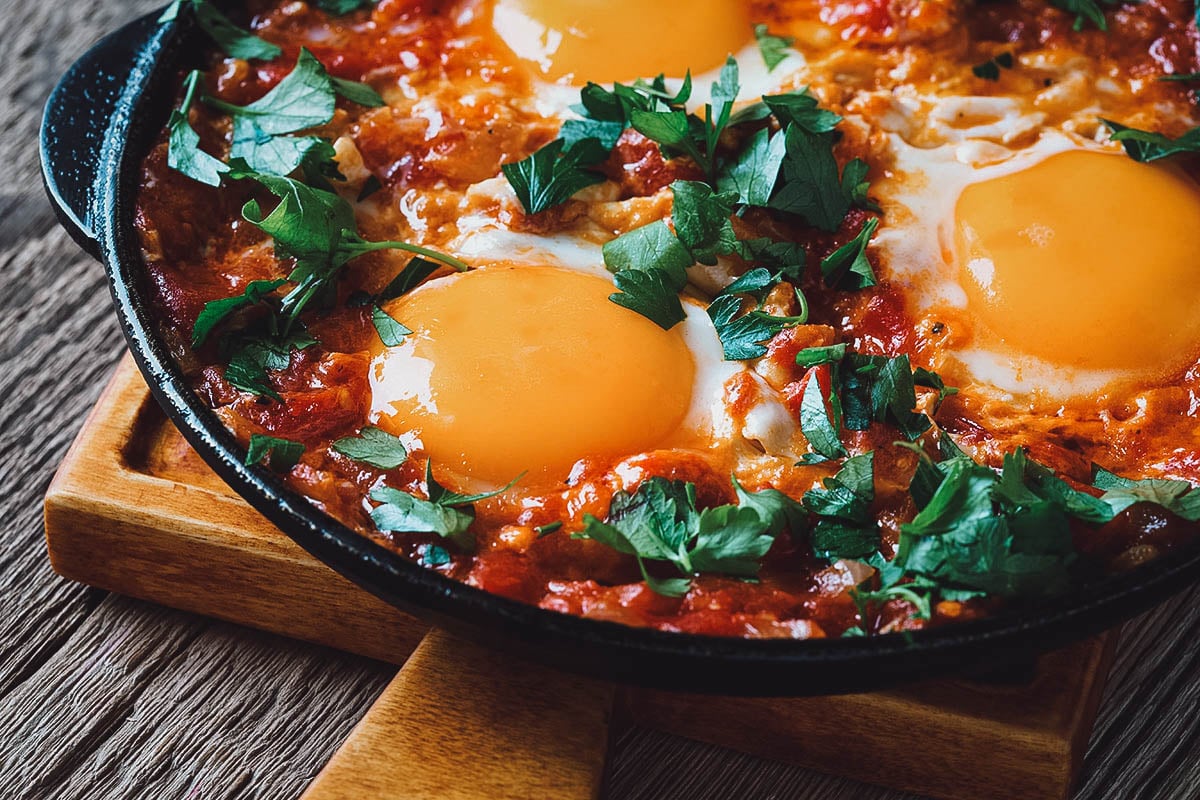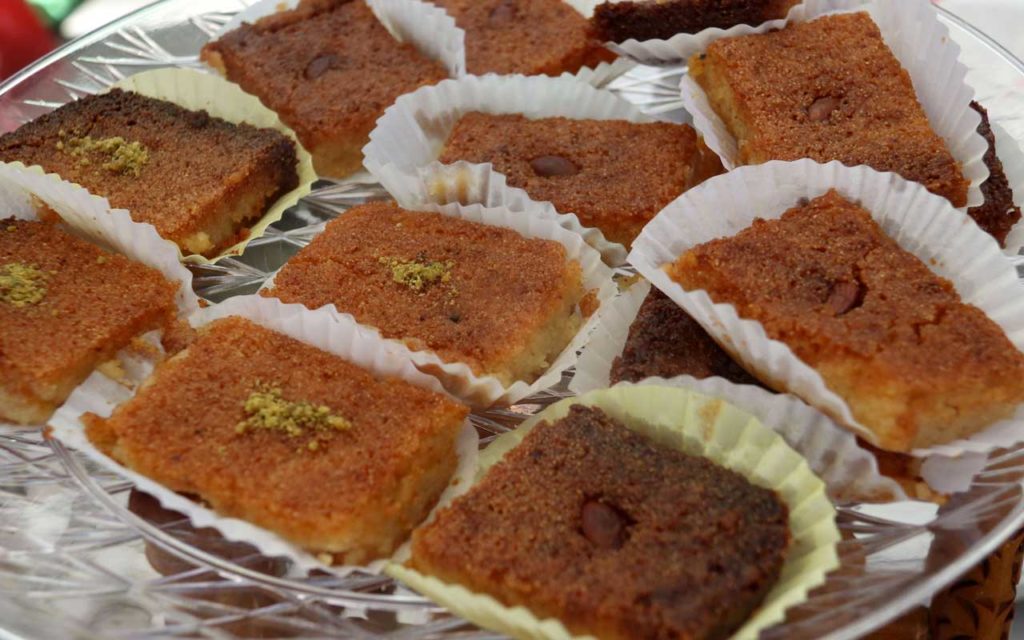Algerian meals, a charming tapestry of flavors, spices, and traditions, invitations us on a culinary journey by the center of North Africa. Steeped in historical past, tradition, and the colourful spirit of its individuals, Algerian delicacies is a testomony to the nation’s wealthy heritage and numerous culinary influences.
From the fragrant tagines to the delectable couscous, every dish tells a narrative of Algeria’s previous and current, providing a glimpse into the lives and traditions of its individuals.
Algerian Delicacies Overview
Algerian delicacies is a vibrant and flavorful mix of Mediterranean, Arab, and Berber influences. It’s identified for its use of recent components, fragrant spices, and conventional cooking strategies.
Conventional Algerian cooking strategies embody grilling, stewing, and slow-cooking. These strategies permit the flavors of the components to meld and create complicated and satisfying dishes.
Substances and Spices
Algerian delicacies is understood for its use of recent, seasonal components. Frequent components embody tomatoes, onions, garlic, peppers, carrots, potatoes, and beans. Spices play a significant function in Algerian cooking, with cumin, coriander, paprika, and saffron being broadly used.
Standard Algerian Dishes

Algerian delicacies boasts a various array of dishes that replicate the nation’s wealthy cultural heritage and culinary influences. Listed here are a few of the hottest and iconic Algerian dishes:
Desk of Standard Algerian Dishes
| Dish Identify | Substances | Preparation Methodology | Description |
|---|---|---|---|
| Couscous | Semolina, greens (carrots, onions, zucchini), meat (lamb, rooster, or beef) | Steamed semolina served with a flavorful broth and meat and vegetable stew | A nationwide dish and a staple of Algerian delicacies, usually served at particular events. |
| Chorba | Lamb or beef, greens (carrots, celery, tomatoes), chickpeas | A hearty soup with a wealthy, flavorful broth and tender meat and greens | A conventional Algerian soup, usually loved throughout Ramadan or as a starter. |
| Mloukhia | Jute leaves, lamb or beef, garlic, spices | A thick, flavorful stew made with jute leaves and tender meat | A well-liked dish in japanese Algeria, identified for its distinctive taste and texture. |
| Tajine | Meat (lamb, rooster, or beef), greens (carrots, onions, potatoes), spices | A slow-cooked stew served in a standard earthenware pot | A North African dish that can be in style in Algeria, providing quite a lot of flavors and combos. |
| Dolma | Vine leaves, rice, meat (lamb or beef), spices | Stuffed vine leaves with a savory filling of rice, meat, and spices | A fragile dish usually served as an appetizer or facet dish. |
Regional Variations
Algeria’s numerous panorama and cultural heritage give rise to a variety of regional culinary variations. Every area boasts distinctive flavors and specialties, reflecting the affect of native components, cooking methods, and cultural practices.
Coastal Delicacies
The coastal areas, notably these alongside the Mediterranean, are famend for his or her seafood dishes. Contemporary fish and shellfish are grilled, fried, or stewed in fragrant sauces. Couscous with fish or seafood is a well-liked delicacy, together with paella-like dishes influenced by Spanish delicacies.
Northern Delicacies
Within the northern highlands, hearty stews and soups are widespread. Lamb or beef is slow-cooked with greens, spices, and herbs. The area can be identified for its grilled meats, similar to merguez sausages and kebabs.
Saharan Delicacies
The huge Sahara Desert influences the delicacies of the southern areas. Nomadic tribes have historically relied on dates, goat or camel milk, and grilled meats. Dates are utilized in each candy and savory dishes, whereas couscous is a staple.
Japanese Delicacies
The japanese areas, bordering Tunisia, share culinary similarities with their neighbor. Brik, a crispy pastry full of numerous components, is a well-liked avenue meals. Lamb or rooster tagines are additionally widespread.
Western Delicacies
The western areas, influenced by Morocco, function spicy dishes with a definite mix of spices. Couscous with seven greens is a standard dish, whereas harira, a thick soup with chickpeas and lentils, is in style throughout Ramadan.
Algerian Substances and Spices
Algerian delicacies is a vibrant tapestry of flavors, because of the nation’s numerous geography and cultural influences. Important components and spices kind the inspiration of this culinary panorama, including depth, aroma, and well being advantages to Algerian dishes.
Let’s discover a few of the mostly used components and spices in Algerian cooking:
Contemporary Greens
- Tomatoes:A staple in Algerian delicacies, tomatoes present a tangy sweetness to dishes like shakshuka and tagines.
- Onions:Important for including depth and taste to sauces, stews, and salads.
- Carrots:Candy and crunchy, carrots are sometimes utilized in soups, salads, and as a garnish.
- Bell peppers:Obtainable in numerous colours, bell peppers add sweetness, coloration, and a slight crunch to dishes.
- Zucchini:A flexible vegetable utilized in salads, soups, and stews, zucchini affords a light taste and a barely candy style.
Dried Fruits and Nuts, Algerian meals
- Dates:A candy and sticky fruit, dates are utilized in desserts, tagines, and couscous dishes.
- Raisins:Plump and juicy, raisins add a contact of sweetness and texture to couscous and pastries.
- Almonds:Crunchy and flavorful, almonds are utilized in desserts, tagines, and salads.
- Pine nuts:With a fragile taste, pine nuts are sometimes sprinkled over pastries and couscous.
Spices and Herbs
- Cumin:A heat and earthy spice, cumin is utilized in tagines, soups, and grilled meats.
- Paprika:Vibrant and fragrant, paprika provides a smoky and barely candy taste to dishes.
- Harissa:A fiery pink chili paste, harissa is a staple in Algerian delicacies, including warmth and depth to soups, stews, and sandwiches.
- Saffron:A fragile and costly spice, saffron imparts a golden coloration and a refined floral aroma to dishes like couscous.
- Mint:Refreshing and fragrant, mint is utilized in salads, tea, and as a garnish for numerous dishes.
Conventional Cooking Strategies: Algerian Meals

Algerian delicacies employs a spread of conventional cooking methods which have been handed down by generations. These methods are important for creating the distinctive flavors and textures that characterize Algerian dishes.
Probably the most iconic Algerian cooking methods is tagine cooking. Tagines are earthenware pots with conical lids which can be used to slowly prepare dinner stews, meats, and greens. The tagine’s distinctive form permits for even warmth distribution, leading to tender and flavorful dishes.
Couscous Preparation
One other necessary Algerian cooking method is couscous preparation. Couscous is a semolina pasta that’s steamed after which served with stews, meats, or greens. The method of steaming the couscous requires persistence and talent, because the couscous should be cooked evenly to attain the specified texture.
Bread-Making
Bread-making can be a central a part of Algerian delicacies. Algerian bread is often made out of wheat flour and is usually baked in a standard oven known as a kanoun. The bread is usually used to accompany stews, soups, and different dishes.
Cultural and Social Elements of Algerian Meals

Algerian delicacies is deeply embedded within the nation’s tradition and social material, taking part in a major function in household gatherings, celebrations, and non secular observances. Meals holds immense worth as a way of expressing hospitality, fostering neighborhood bonds, and preserving traditions.
Traditions and Customs Surrounding Algerian Meals
Algerian meals are sometimes characterised by their communal nature, with households and mates gathering round a shared desk. The eating expertise is marked by a way of heat and hospitality, the place visitors are handled with utmost respect and generosity. Conventional Algerian meals usually encompass a number of programs, together with appetizers, soups, primary dishes, and desserts.
Mealtimes in Algeria are thought-about sacred events, the place households come collectively to attach and share tales. Throughout particular occasions like weddings or spiritual holidays, elaborate feasts are ready to honor the event and have a good time the neighborhood’s unity.
Eating Etiquette and the Significance of Hospitality
Algerian eating etiquette locations nice emphasis on politeness and respect. Company are anticipated to reach on time for meals and present gratitude for the hospitality they obtain. It’s thought-about rude to refuse meals or drinks supplied by the host.
Dialog throughout meals is often full of life and fascinating, with subjects starting from household information to present occasions.
Hospitality is of paramount significance in Algerian tradition, and hosts go to nice lengths to make sure their visitors really feel welcome and well-cared for. From providing one of the best seats on the desk to serving beneficiant parts of meals, Algerians take delight in making their visitors really feel at house.
Person Queries
What are a few of the hottest Algerian dishes?
A few of the hottest Algerian dishes embody couscous, tagine, chorba, shakshuka, and brik.
What are the important thing components utilized in Algerian cooking?
Algerian cooking depends closely on recent greens, spices, and meats. Frequent components embody tomatoes, onions, garlic, carrots, potatoes, lamb, rooster, and beef.
What’s the significance of spices in Algerian delicacies?
Spices play a significant function in Algerian cooking, including depth and taste to dishes. Frequent spices embody cumin, paprika, cinnamon, ginger, and saffron.

